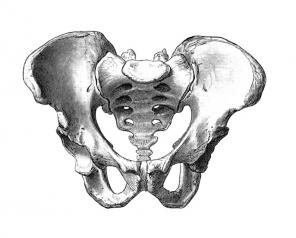

Inactivity, combined with high levels of estrogen can promote blood clot formation as well as a rise in insulin resistance.

The main reason inactivity and bed rest isn’t needed after an embryo transfer is simple. Why you don’t need bed rest after an embryo transfer? Finally, a 2011 review of all of the published research on this subject confirmed that there is no advantage to bed rest and instead of that there may be a disadvantage to being totally sedentary.Subsequently, in 2005 a much larger and well-designed study found that when patients were allowed to get up immediately after their embryos were placed their pregnancy rates were as good as patients that were asked to lie flat for an hour.Specifically, they demonstrated that even when patients were only limited to 20 minutes of activity restriction pregnancy rates were comparable. Back in 1997, the first study appeared suggesting that even a 24 hour period of bed rest was unnecessary.To help convince you, let’s consider a few of the most prominent studies that have shown best rest is truly not needed after a fresh or Frozen Embryo Transfer. Over time, it gradually became apparent that such a severe limitation wasn’t needed. Do you Need Bed Rest After an Embryo Transfer? Now that IVF has been around for over 3 decades, it is time to review how we advise patients going through treatment and reconsider whether bed rest is still advisable. Despite IVF science having come a long way, IVF culture still takes root and holds on to some ways of the past. Instead, they were transported to a hospital gurney and relocated to a hospital bed-even using a bedpan when required instead of going to the toilet. In fact, patients were not even allowed to stand up for quite some time after the procedure.

In the early days of IVF, women were restricted to bed rest for 2 weeks after an embryo transfer. Nonetheless, it is challenging to reverse widely accepted but unhelpful advice. Even though bed rest had been encouraged with good intentions it did not result in the best outcome. For instance, after delivery of a baby, women were prescribed 6 weeks of bed rest until it was ultimately proven that that inactivity increased their risk of DVT (blood clots in the deep veins). Traditionally, bed rest has been recommended for women after any medical procedure. Tags: embryo implantation, embryo transfer, fertility treatment, improving fertility


 0 kommentar(er)
0 kommentar(er)
